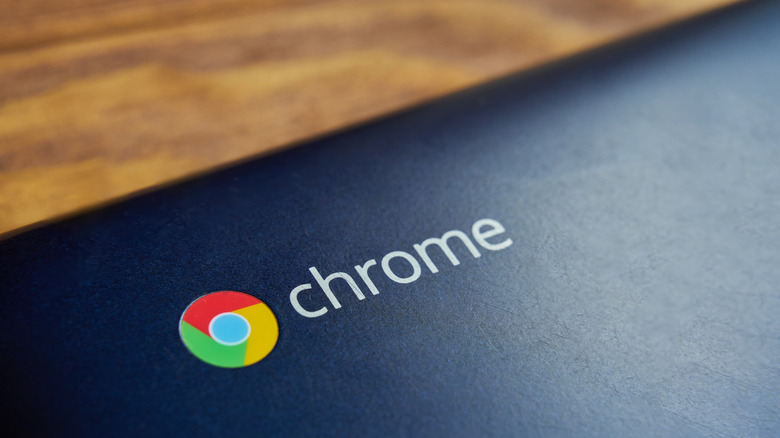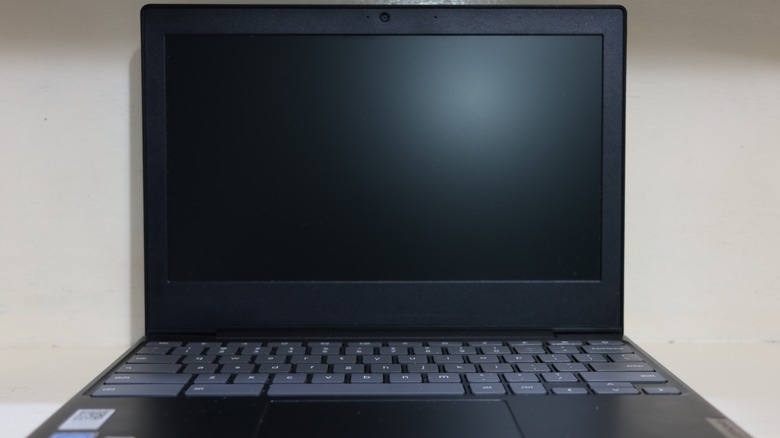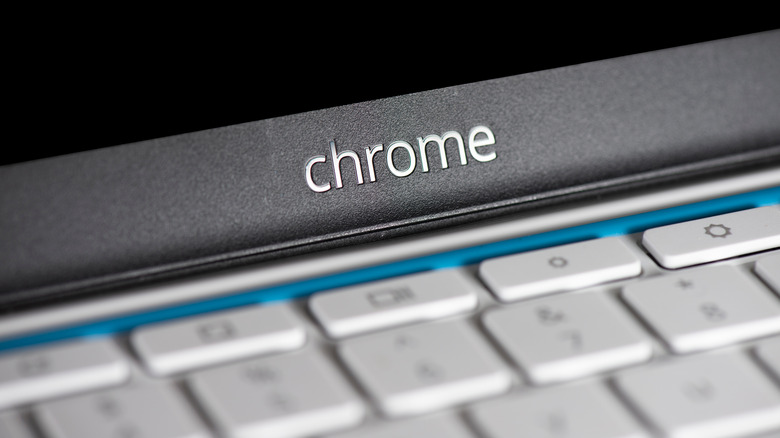
Savusia Konstantin/Getty Images
Chromebooks are useful laptops for anyone who wants or needs a budget-friendly laptop, especially the Acer Chromebook Plus 515. They’re great for those Google purists who really want to be absorbed into the company’s ecosystem, having easy access to Google’s suite of programs across all their devices. However, there are some issues that users can come across that might sway them from ever buying a Chromebook. Gaming, for example, isn’t exactly the best on a Chromebook. Additionally, just like every other computer known to the world, Chromebooks have their fair share of technical problems.
Advertisement
One of the worst issues to encounter is a Chromebook that won’t turn on. Yes, a Chromebook that keeps crashing, and other similar problems are a nuisance, but when the laptop won’t even boot up, it makes troubleshooting significantly more difficult. Usually the solution would be to simply plug in the Chromebook to its charger because that’s a sign that the computer’s dead. But what does one do when even that won’t work? Obviously keys won’t respond in any meaningful fashion if the computer isn’t even booting up, so getting into its ‘Settings’ is next to impossible. Fret not, there are a few methods you can try if you run into such a problem.
What to do if your Chromebook isn’t charging

McSleepy/Shutterstock
If your Chromebook won’t power on when it’s plugged in, make sure the charging cable is completely plugged into the Chromebook as well as the wall outlet. If there’s no indicator (there’s typically a small LED light around the charging port) that the computer is charging, check if it’s plugged into an outlet controlled by a wall switch, and that it’s turned on. Otherwise, try a different outlet.
Advertisement
When you determine the outlet is working, Google recommends letting the Chromebook charge for 30 minutes before trying to turn it on again. There are instances when it can take an entire 24 hours for a battery to charge. If that doesn’t work, you’ll want to rule out any issues with your charging cable by using a different one. If you have one, that is. Obviously, not everybody has multiple chargers for their devices lying around. It’s also possible for some peripherals to interfere with a computer’s boot process. Peripherals plugged in via USB, typically, such as external hard drives, keyboards, and mice. Unplug any such devices and see if that helps the problem.
If no methods yield any promising results, there’s likely an issue with either the charging port or the battery itself. If that’s the case, you want to contact the manufacturer of your Chromebook (Acer, Asus, HP, etc.)
Advertisement
Try hard resetting the Chromebook

CC Photo Labs/Shutterstock
It’s possible that hard resetting the Chromebook will solve all of your problems. Okay, maybe not all of your problems, but it could get the Chromebook to boot up, and you don’t even need the computer on to do this. You’re going to need to:
Advertisement
- Press and hold the refresh key (it’s the circular arrow key) and tap the power button.
- The Chromebook should turn on and if it does, release both buttons.
- Alternatively, you can try simultaneously holding the back button, refresh key, and power button for a minimum of 10 seconds.
With some Chromebook models, like the Samsung Series 5 and Series 5 550 there’s a special reset button that’s used instead. It’s located within a small hole on the underside of the laptop, where a paperclip is needed to press the reset button. Other Chromebooks require a combination of pressing the reset button while simultaneously reconnecting the power adaptor or removing and replacing the battery.
Resetting the Chromebook resets all of its hardware and could potentially delete some files in the ‘Downloads’ folder. This isn’t the same as a factory reset, which can only be done if the Chromebook successfully turns on.